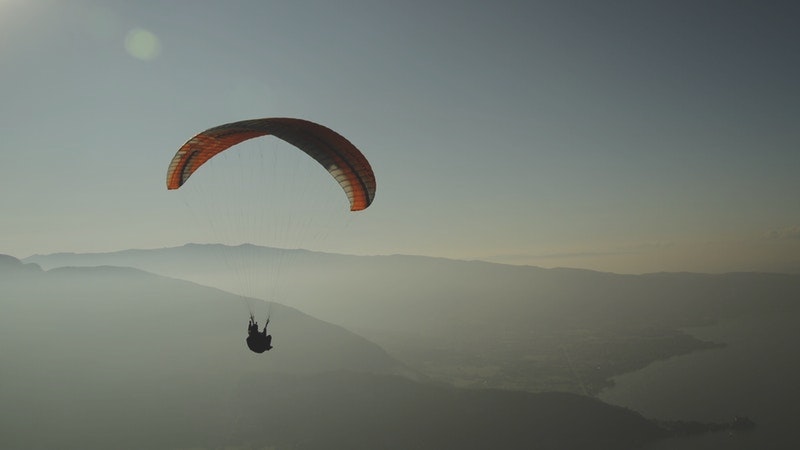Lion’s Breath
Episode #7 of the course Breathing techniques by Hannah Faulkner
Welcome to the seventh lesson of the breathing course!
Today, we’ll talk about using Lion’s Breath to release tension and fear.
Before we get started, I want to ask you a question: Who is your hero or heroine? Often, we think that someone we admire is fearless. In reality, they get scared too, but they use courage and tap into their breath to give them strength. We call this quality lionhearted because they gracefully accept the intense feelings that fear triggers in the region of their chest and heart. Athletes often tap into the breath’s power to control pain and fear. A Taoist aphorism states, “The wise man would strengthen his breathing to strengthen his chi [life-force].”
How Lion’s Breath Can Help You
The posture and breath you’ll learn in this lesson will help you stay strong in the face of fear by promoting a strong outflow of breath. It also will help dispel hidden layers of negativity, while tapping into your inner power.
In addition, this form of breathwork stretches the muscles in your face, neck, and throat. It is believed that this posture is one of the best face exercises you can do.
Speaking of the spiritual side of this technique, Lion’s Breath opens the throat chakra and helps boost confidence. When the fifth chakra is balanced and centered, you feel comfortable with communication, take responsibility for your own needs, practice conscious listening, are truthful in confession, calmly give and receive constructive criticism, and have positive self-expression and faith.
Posture
Some people who practice yoga like to practice this breath in downward-facing dog. To get into this position, place your palms underneath your shoulders with your fingers spread wide and the index fingers pointing forward. Press into your fingertips, knuckles, and palms. Align your knees underneath your hips and tuck in your toes. Then, lift your hips and descend through your heels while extending your spine. Finally, warp your outer armpits toward the ground and relax your head.
Alternatively, you may use child’s pose. To come into child’s pose, bring your big toes together and your knees wider than your hips. Sit back on your heels and reach your arms forward, parallel to each other. Press your fingertips, knuckles, and palms into the floor or your mat, and roll your outer armpits toward the earth.
If bose poses seem too complicated, you may practice Lion’s Breath in a easy seated posture, like a simple cross-legged position.
How to Practice Lion’s Breath
Take a few deep breaths in through your nose and out through your nose.
If you chose child’s pose, then on your next exhale, rise forward so your shoulders are over your wrists. Option to lift your toes up, perpendicular to the ground.
Open your mouth wide, stick out your tongue toward your chin, and exhale loudly with the sound “haaa,” as if you are roaring while whispering at the same time. Your breath should pass through the back of your throat.
If you chose a child’s pose, lower your head as you sit back into child’s pose on your next inhale through your diaphragm.
The length of inhalations and exhalations should be even in length and speed. The speed depends on the depth of your breath. You determine the speed. The deeper the breath, the better.
Repeat this breath three to ten times.
Tomorrow, we’ll talk about the Ancient Tibetan practice of Tummo that has become famous by the Iceman, Wim Hof.
To your continued success,
Hannah
Recommended book
Wheels of Life by Anodea Judith, PhD
Share with friends

